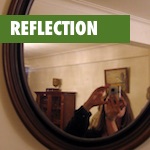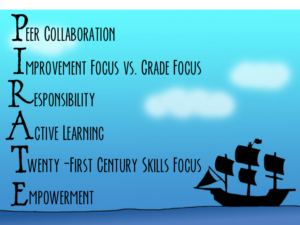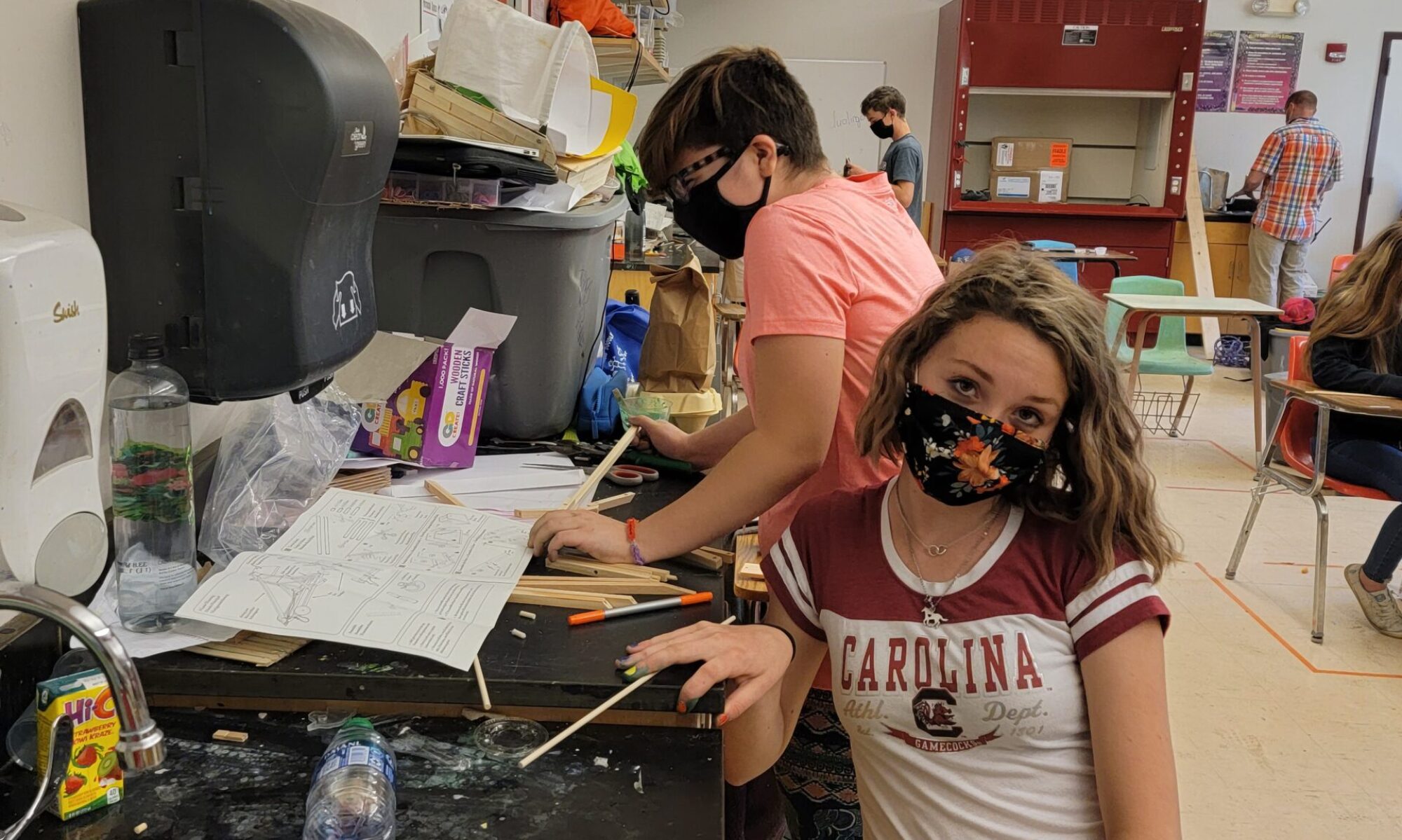Katy’s 2016 Summer Reading
 Something about this book title and summer reading fits perfectly. The open ocean, pirates, and fierce independence. I’m hoping you have a bit of time to settle into some reading for fun and some that inspires you in the classroom to have students take on more leadership and develop their own independence.
Something about this book title and summer reading fits perfectly. The open ocean, pirates, and fierce independence. I’m hoping you have a bit of time to settle into some reading for fun and some that inspires you in the classroom to have students take on more leadership and develop their own independence.
You know when you pick up a book and it just clicks? Learn Like a Pirate, by Paul Solarz is just that kind of book. As a teacher I have been trying to develop ways for students to take more leadership and ownership in the classroom (and beyond). Paul Solarz takes this to a new level– and I wish I had this book years ago. It is, in short, a guidebook for how to give your students voice, choice, leadership and independence in the classroom. The book gives very doable ways for students to take the lead in their own educations– to create classroom environments can foster community, life-long, engaged learning. 
Cliff Notes Version:
(aka transformative practices outlined in the book)
Give Me Fives
This is a practice where students can interrupt the class at any time with announcements, upcoming transitions, questions, or announcements.
I know!
Before you say “No way! There are enough disruptions in the classroom!” realize that learning how to do Give Me Five takes modeling and practice. When students learn they have the power to stop class and get everyone’s attention, and that it isn’t only the teacher’s job as the “expert” to do this, they begin to take ownership of it. Give Me Fives can happen to share a new skill, to re-direct the class, to shift the focus, or to highlight an idea. Students can slowly take on responsibility for transitioning from one class to the other.
Solarz says,
“The power to interrupt class is one of the most important aspects of a student-led classroom.”
I agree! This happened naturally in my classes– and I think starting the year with this intentionally in place would move students toward a student led classroom more quickly.
Encourage active and passive leadership with students taking the led on the daily functions of class. These include:
- goal-setting
- circling students up
- class jobs
- errands
- answering the phone
- lunch and attendance-taking
- making announcements
- writing the schedule
- and leading morning meetings.
Solarz works students up to a “silent day” where he tries to stay silent and have the students running the show. This is a big challenge and he builds up to it for weeks, with the purpose of building confidence, leadership, and student centered learning.
Free work space with choice
Students often crave different seating arrangements, and not just to talk to their friends. Solarz encourages teachers to (at times) let students pick their own workspaces that work for them. This empowers them to make their own decisions and monitor their own behavior.
As a teacher, I am quite familiar with this. Some students need more space to spread out. Others prefer the floor, and others prefer to be under something, tucked into a space. For years I gathered bean bags and pillows that could be used for choice seating all over the room. Ideally, it would be great to set up some standing and movement based work stations as well.
Shared reading to build empathy and build a strong classroom community
Ask any classroom teacher– read aloud time is magic. And read aloud time with a specific focus or theme in mind can transform a class. Solarz recommends a shared reading of Wonder by RJ Palacio, and I have to agree. This story is a clear way to cultivate kindness, community and empathy in students. One way Solarz recommends working through the challenges of buying 15-23 copies of a book is to purchase it on Kindle, and read from the Smartboard aloud. That way students can follow your reading if they want, and have immediate access to the text for discussion.
Everyone rises together
Instead of cultivating individual, grade-based competition in a class, Solarz encourages us to encourage all students to do their best, whatever that is for them. Our society has placed a focus on competition and external rewards. Instead, Solarz asks students to think about:
- How can I do better next time?
- Where can I make changes to this in order to make it better
- How can I help my peers do better?
Develop e-Portfolios
(or PLPs, in Vermont) that grow over time and feature deep reflection. Each entry of evidence should have reflection that focuses on what happened; success and setbacks; what has been learned; and what you can do to improve learning or extend learning beyond what is expected?
This last question is an important one. We’ve trained our students to do only what they are asked– and to only go beyond if given a teacher directed challenge. By inviting the student into the equation– asking what he or she can do to extend learning beyond what is expected– we are encouraging students to take ownership and challenge themselves.
Project Based Learning (PBL)
There are lots of great resources about project-based learning and Solarz does a nice review of the process. What is particularly helpful to a teacher is the examples and workflow he uses, which includes student-made videos and student-written blog posts for project sharing.
Another tidbit: students should be given enough time to do the project in school so as to retain the student’s attention and focus versus the parent’s and to lessen the load at home.
There’s lots more to this book — including sections on reflection, teaching math, and creating TED style videos and maker spaces. I enjoyed it thoroughly and will be sharing it with teacher friends and colleagues. Did you read it? What was your takeaway?
What else are you reading this summer?


One Reply to “Learn Like a Pirate: Key takeaways”
Comments are closed.